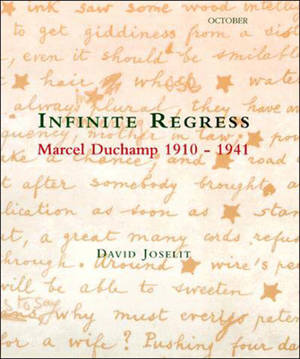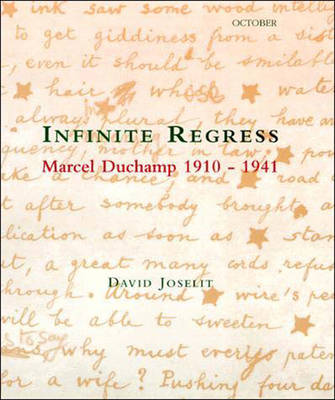
- Retrait gratuit dans votre magasin Club
- 7.000.000 titres dans notre catalogue
- Payer en toute sécurité
- Toujours un magasin près de chez vous
- Retrait gratuit dans votre magasin Club
- 7.000.0000 titres dans notre catalogue
- Payer en toute sécurité
- Toujours un magasin près de chez vous
Description
There is not one Marcel Duchamp, but several. Within his oeuvre Duchamp practiced a variety of modernist idioms and invented an array of contradictory personas: artist and art dealer, conceptualist and craftsman, chess champion and dreamer, dandy and recluse. In Infinite Regress, David Joselit considers the plurality of identities and practices within Duchamp's life and art between 1910 and 1941, conducting a synthetic reading of his early and middle career. Taking into account underacknowledged works and focusing on the conjunction of the machine and the commodity in Duchamp's art, Joselit notes a consistent opposition between the material world and various forms of measurement, inscription, and quantification. Challenging conventional accounts, he describes the readymade strategy not merely as a rejection of painting, but as a means of producing new models of the modern self.
Spécifications
Parties prenantes
- Auteur(s) :
- Editeur:
Contenu
- Nombre de pages :
- 262
- Langue:
- Anglais
- Collection :
Caractéristiques
- EAN:
- 9780262600385
- Date de parution :
- 23-02-01
- Format:
- Livre broché
- Format numérique:
- Trade paperback (VS)
- Dimensions :
- 178 mm x 229 mm
- Poids :
- 417 g

Les avis
Nous publions uniquement les avis qui respectent les conditions requises. Consultez nos conditions pour les avis.






